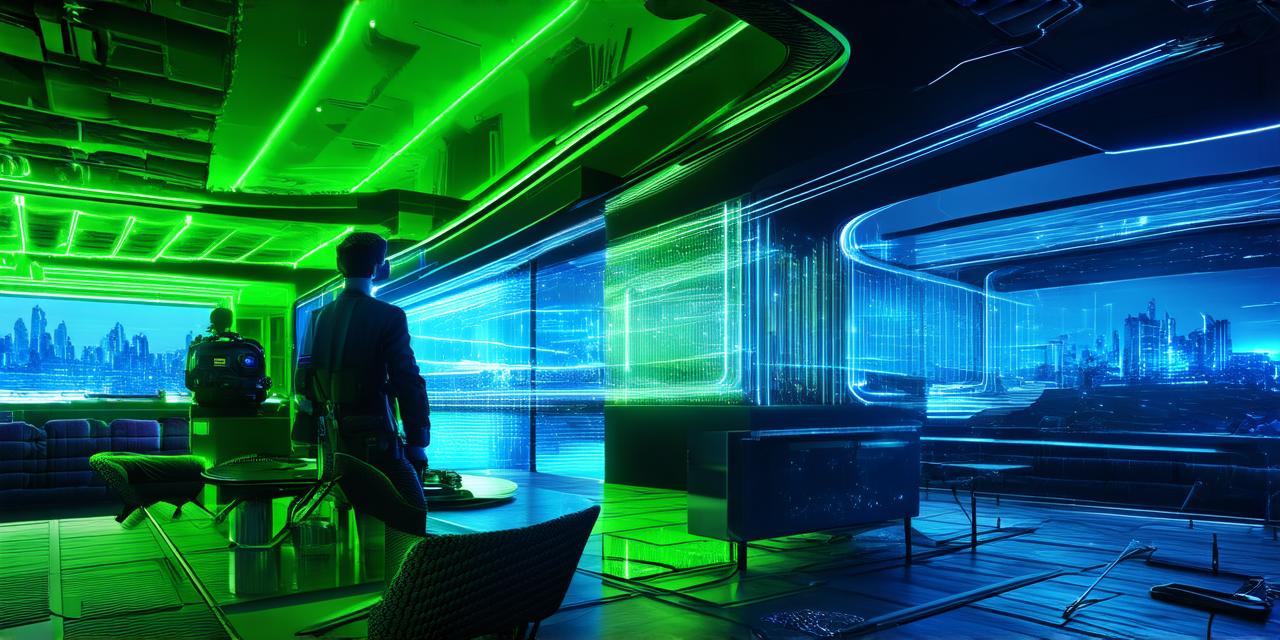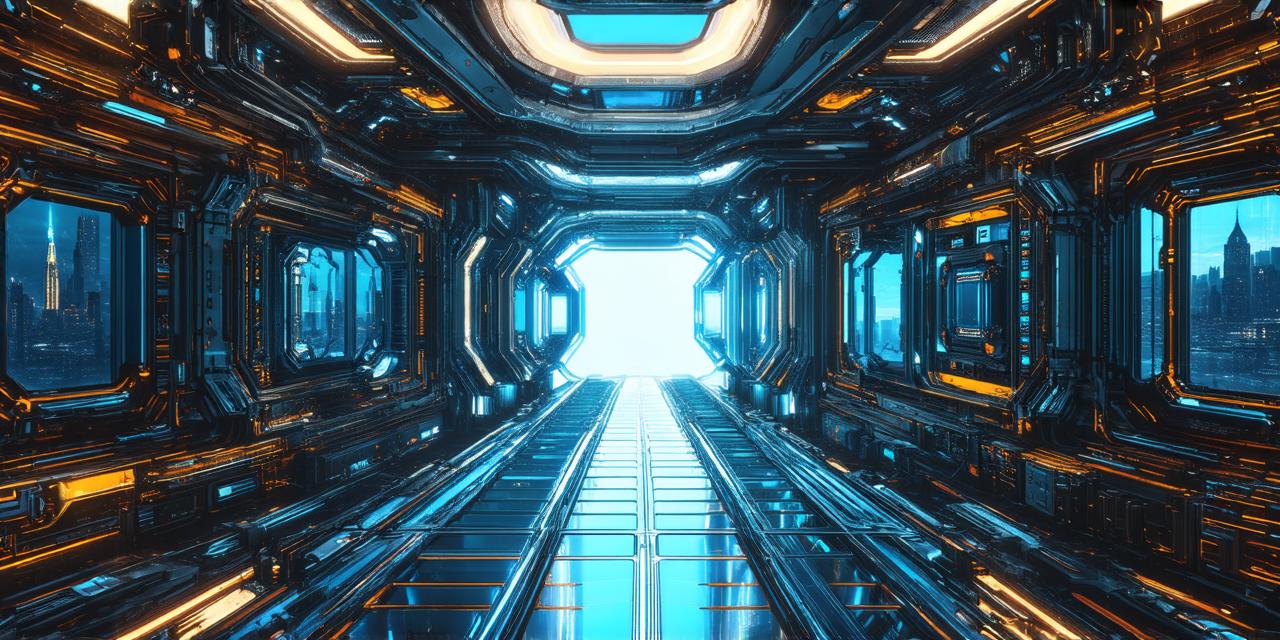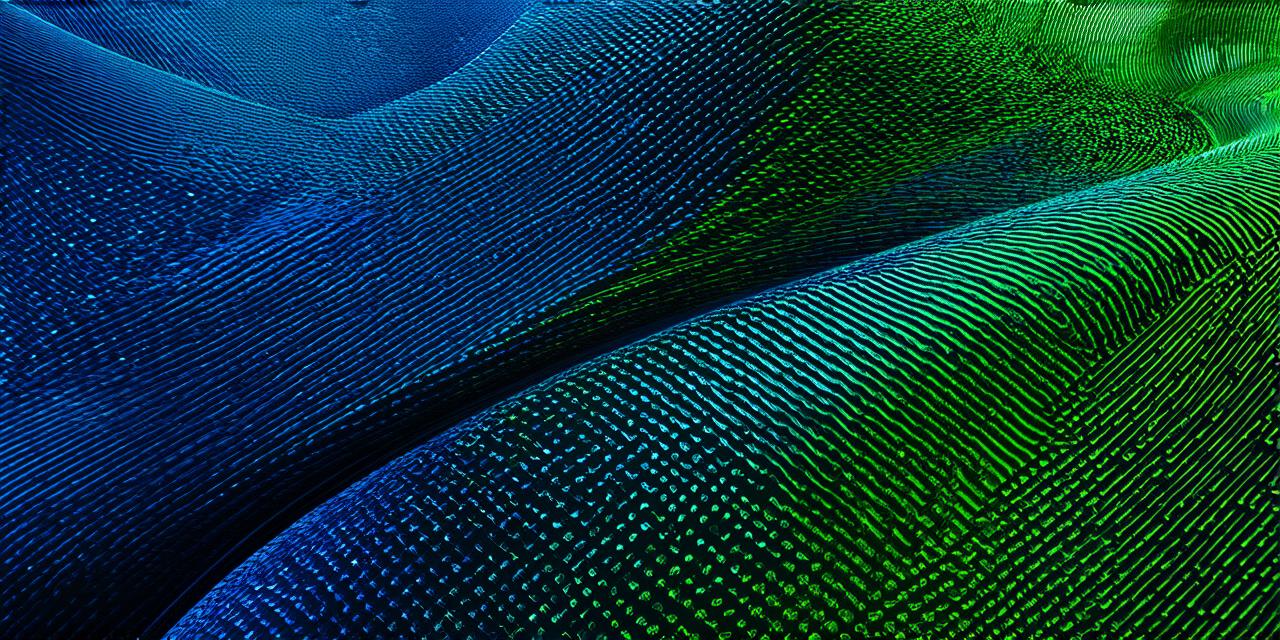Mixed reality (MR) is a technology that blends virtual objects and environments into the real world, allowing users to interact with digital elements in new and exciting ways. In recent years, mixed reality has become increasingly popular, with applications ranging from gaming and entertainment to education and training.
Designing for Mixed Reality
When designing for mixed reality, it’s important to keep in mind the unique challenges and opportunities presented by this technology. Here are some key considerations:
1. User Experience (UX)
Mixed reality experiences should be intuitive and easy to use, with clear instructions and feedback for users. This is especially important when designing for complex or technical applications, where users may need guidance to understand how to interact with the digital elements.
2. Interaction Design
Interactions in mixed reality can be very different from those in traditional user interfaces (UIs). For example, in a mixed reality environment, users may need to use hand gestures or voice commands to manipulate virtual objects, rather than clicking or tapping on screen elements. It’s important to design interactions that are intuitive and natural for the user.
3. Performance
Mixed reality experiences require real-time rendering of complex graphics and animations, which can be taxing on hardware. Designers need to optimize their creations for performance, ensuring that they run smoothly even on lower-end devices.
4. Accessibility
Mixed reality experiences should be accessible to all users, including those with disabilities. This may involve providing alternative input methods, such as voice commands or haptic feedback, and designing for color contrast and readability.
5. Content Creation
Creating content for mixed reality requires specialized skills and tools, including 3D modeling, animation, and programming. Designers need to stay up-to-date with the latest technologies and techniques to create immersive and engaging experiences.
Examples of Mixed Reality Design
Here are some examples of mixed reality design in action:
1. Gaming and Entertainment
Mixed reality games and entertainment experiences, such as virtual concerts and movies, offer users a new way to engage with digital content. These experiences often involve immersive environments and interactive elements that respond to the user’s movements.
2. Education and Training
Mixed reality can be used in education and training to simulate real-world scenarios and provide hands-on learning experiences. For example, medical students can practice surgical procedures in a virtual environment, while pilots can train for flight in a simulated cockpit.
3. Product Design and Visualization
Mixed reality can be used in product design and visualization to create realistic prototypes and test designs in a virtual environment. This allows designers to make iterative improvements and see how their creations will look and function in real life.
Summary
Mixed reality design presents both challenges and opportunities for designers, requiring new skills and approaches to creating engaging and immersive experiences. By keeping in mind user experience, interaction design, performance, accessibility, and content creation, designers can create mixed reality experiences that are intuitive, natural, and accessible to all users.



